
Delousing salmon in large net pens
In research for Norway’s salmon farmers, the authors documented effective bath treatments against sea lice infestations in large net pens using skirts or tarpaulins to define the treatment area.
The authors conducted a study to investigate the prevalence of IHHNV in P. vannamei within the context of a family-based genetic selection program.

In research for Norway’s salmon farmers, the authors documented effective bath treatments against sea lice infestations in large net pens using skirts or tarpaulins to define the treatment area.
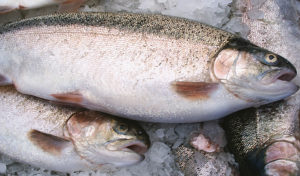
Trout farming is a well-established industry that assists in providing services and technology to developing aquaculture sectors in South Africa.
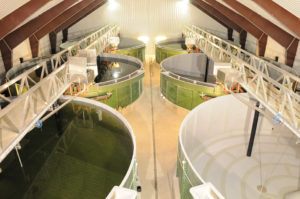
The Fjordsmolt RAS farm applies a relatively simple, low-cost design to produce millions of salmon smolts per year in fiberglass tanks.
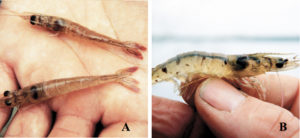
Based on a phylogenetic analysis with the BEAST program, the authors determined the evolutionary relationships among 83 Taura syndrome virus isolates.

The use of probiotics in aquaculture is steadily gaining momentum, supplementing or replacing the use of antimicrobial compounds in disease control.
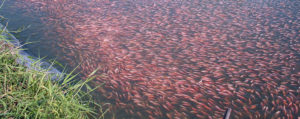
The tilapia production boom results from technology that combines artificial egg incubation and monosex fry production using hormonal sex reversal.
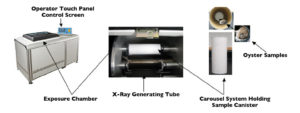
Various techniques have been proposed to reduce Vibrio bacteria in live and processed oysters. In studies, X-ray treatments successfully reduced Vibrio populations.

Results of a 120-day study showed that Nile tilapia fingerlings produced in incubation units, hapas or ponds exhibited similar grow-out performance.
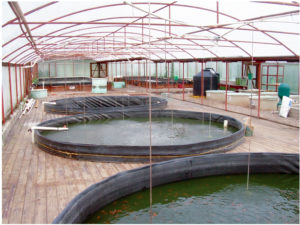
Intensive management of tilapia broodstock and artificial incubation of eggs increase output and cut costs for fingerling production.

Tilapia production in Asia focuses on either fresh whole fish or larger frozen whole fish or fillets, depending on farm size, cash flow and other factors.
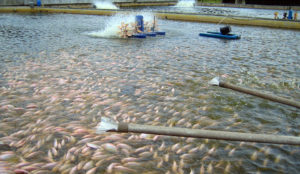
Dietary organic acids can exert antimicrobial effects and benefit growth, nutrient utilization and other health parameters in tilapia.
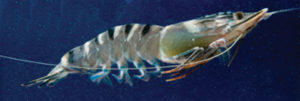
Shrimp color is caused by pigments that play an important role in camouflage for survival. For farmed shrimp, proper coloration is generally achieved via synthetic astaxanthin in feed.
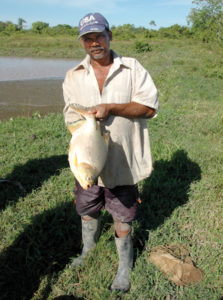
With its large quantities of water and little industry to pollute it, Guyana has the potential to become a greater player in global aquaculture.
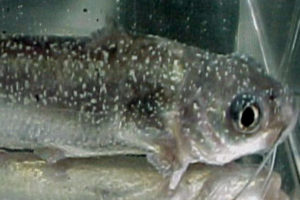
Vaccination against the Ich parasite is an alternative to chemical treatment. Fish develop a humoral immune response to trophont antigens, with the degree of protection related to the immunizing doses of trophonts used.
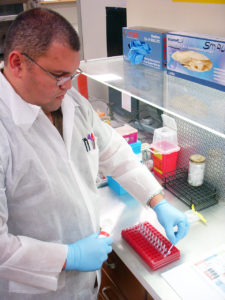
The method can shorten analysis time and has applications for IMNV diagnosis in resource-poor settings because it does not require specialized equipment.